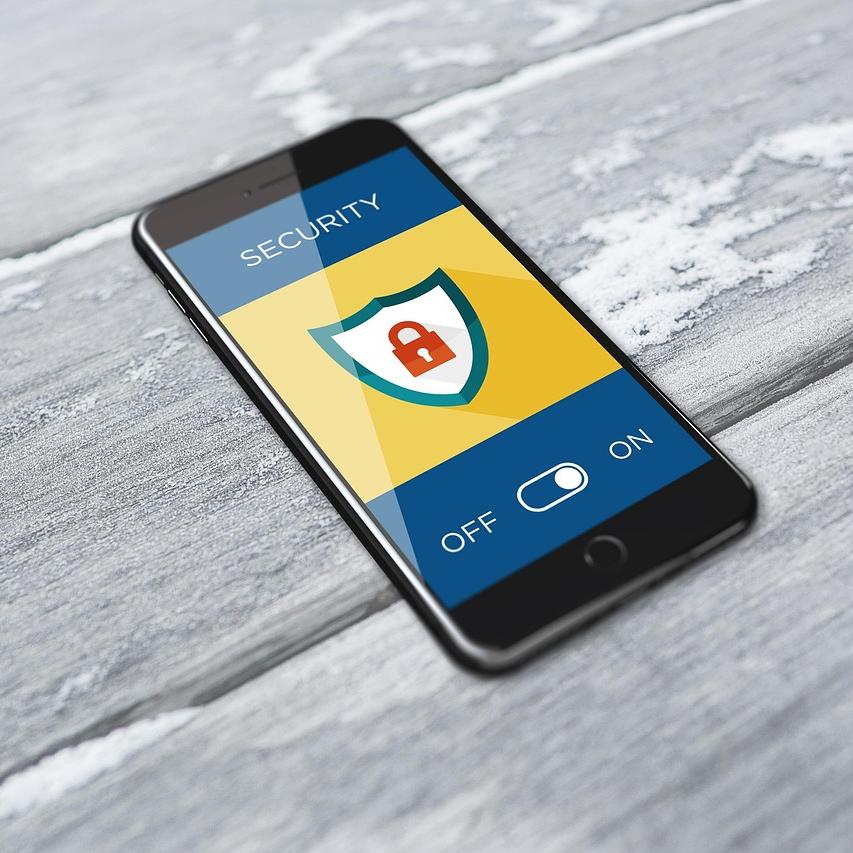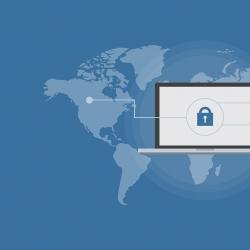Top 10 Cybersecurity Tips for Safe Online Shopping
Online shopping has become a convenient and efficient way to purchase everything from grocery essentials to the latest tech gadgets. However, the convenience of shopping from the comfort of your home comes with its own set of cybersecurity risks. To ensure a safe online shopping experience, it’s crucial to be aware of potential threats and take proactive steps to protect yourself. Here are the top 10 cybersecurity tips for safe online shopping:
1. Shop on Secure Websites
Always ensure that the website you’re shopping from is secure. Look for URLs that begin with “https://” rather than “http://”. The 's' stands for 'secure' and indicates that the website uses encryption to protect your data. Additionally, look for a padlock icon in the address bar.
2. Use Strong, Unique Passwords
Create strong, unique passwords for every online shopping account. Incorporate a mix of uppercase and lowercase letters, numbers, and special characters. Avoid using easily guessed information like your name or birthdate. Consider using a password manager to keep track of your passwords securely.
3. Enable Two-Factor Authentication (2FA)
Whenever possible, enable two-factor authentication for your accounts. This adds an additional layer of security by requiring you to verify your identity through another method, such as a text message or authentication app, in addition to your password.
4. Don’t Save Payment Information
While saving your payment information on shopping websites is convenient, it can also pose a security risk. Opt to manually enter your payment details each time to reduce the risk of compromising this sensitive information.
5. Be Wary of Phishing Scams
Be cautious of emails or messages that claim to be from trusted retailers, especially if they ask for personal information. Phishing emails often contain links to fraudulent websites that steal your data. Verify the authenticity of the emails by accessing the retailer's website directly rather than clicking on links.
6. Use Secure Payment Methods
Use secure payment methods like credit cards or reliable payment services such as PayPal. These methods often offer buyer protection and make it easier to dispute fraudulent charges compared to debit cards.
7. Keep Your Devices Updated
Regularly update your computer, smartphone, and other devices to the latest software and security patches. These updates help protect against vulnerabilities that hackers can exploit.
8. Shop Using a Secure Network
Avoid shopping over public Wi-Fi networks which can be susceptible to cyber-attacks. If it’s unavoidable, use a Virtual Private Network (VPN) to secure your connection and protect your data.
9. Monitor Your Bank Statements
Regularly review your bank and credit card statements to spot any unauthorized transactions. Early detection of fraudulent activities can help you act quickly to minimize potential damage.
10. Educate Yourself on Common Scams
Cybercriminals are constantly devising new scams to trick online shoppers. Stay informed about the latest tactics used by scammers, such as fake websites, fraudulent apps, and counterfeit products. Knowledge is power when it comes to protecting yourself online.
Conclusion
Online shopping doesn’t have to be a risky venture if you take the necessary precautions. By following these ten cybersecurity tips, you can enjoy a safer and more secure shopping experience. staying vigilant and informed will help you protect your personal information and finances from potential threats. Happy shopping and stay safe online!




















